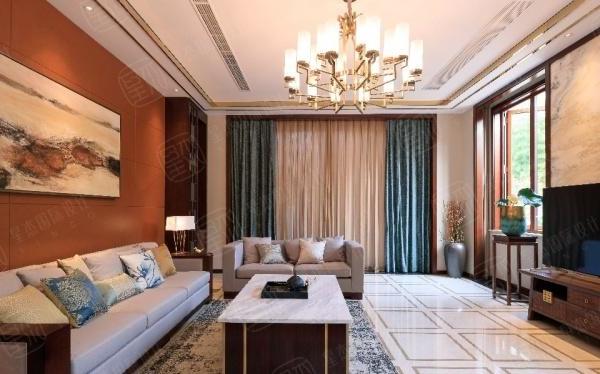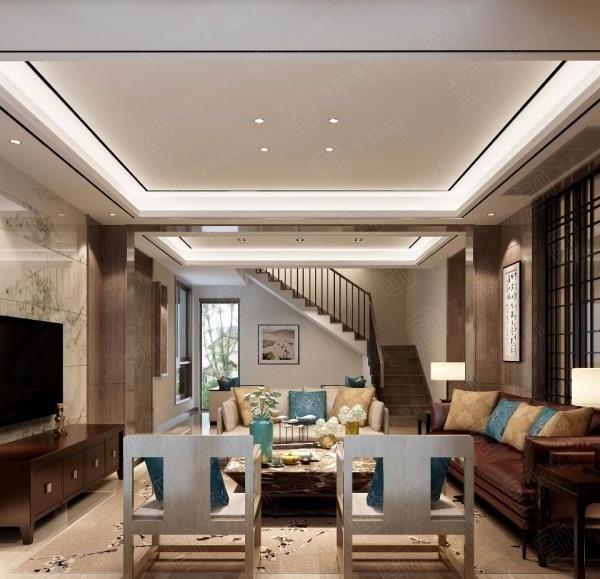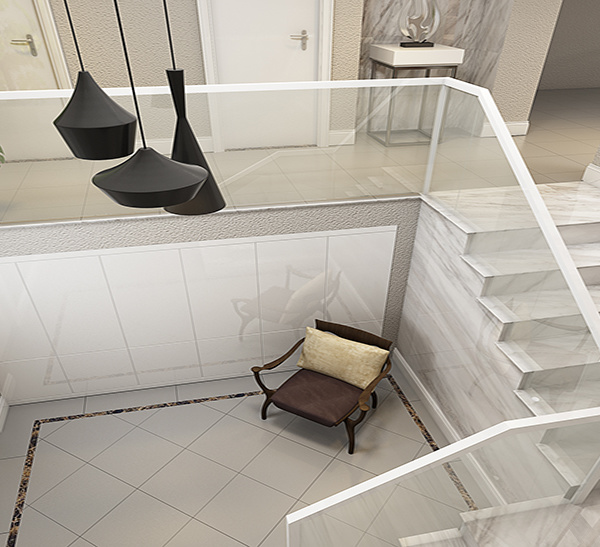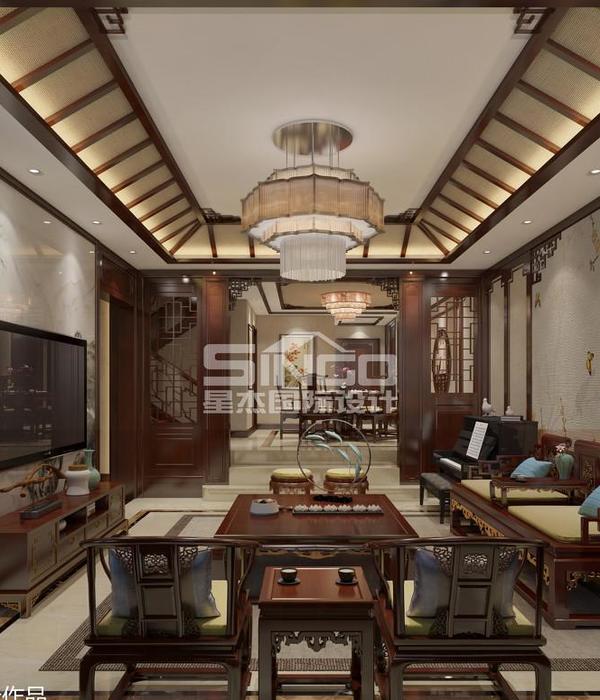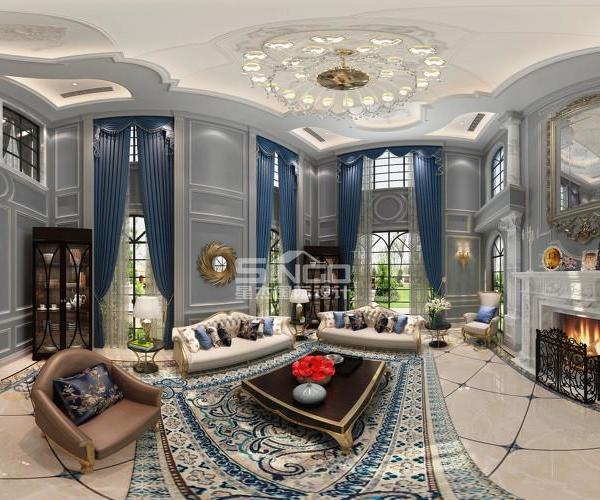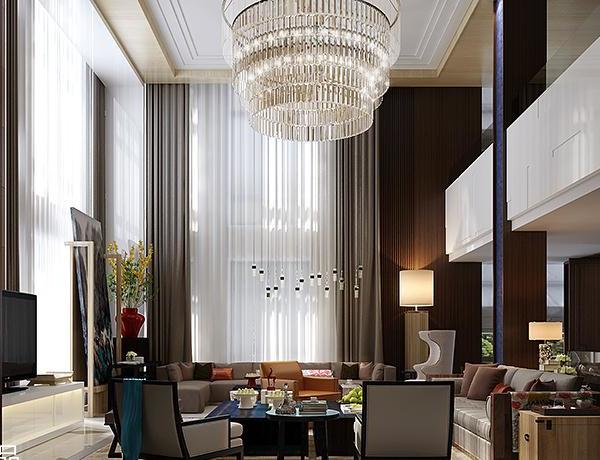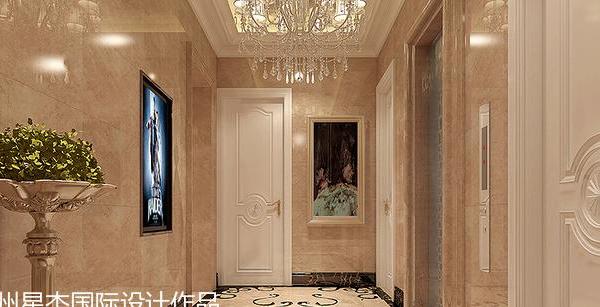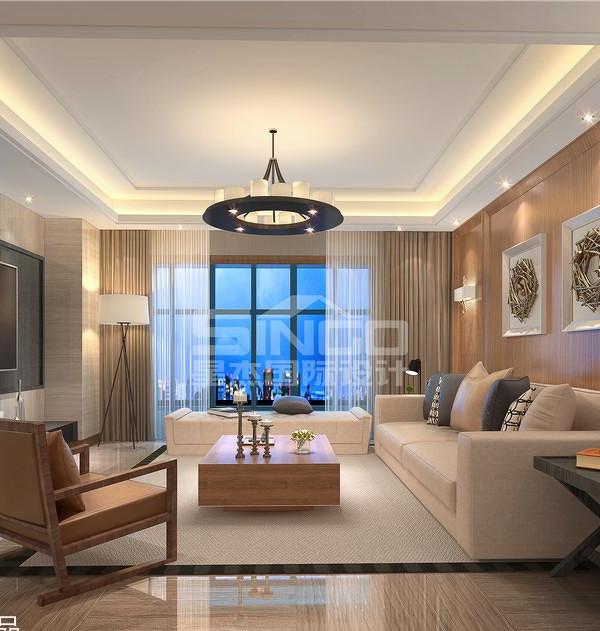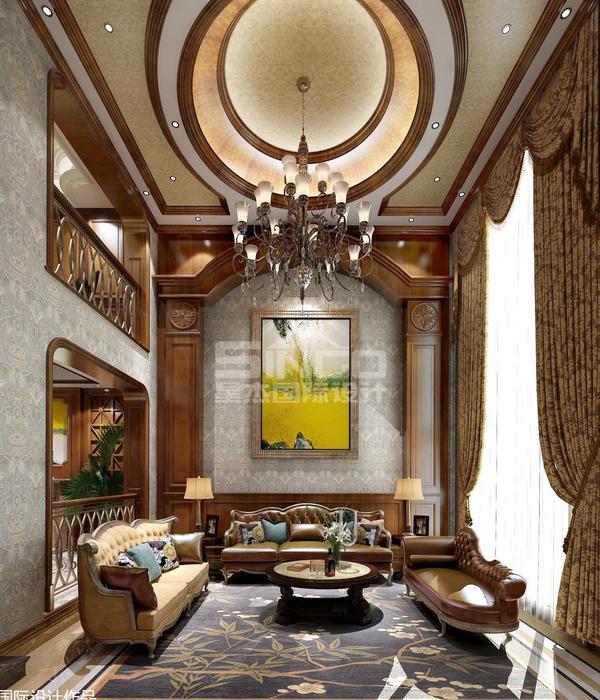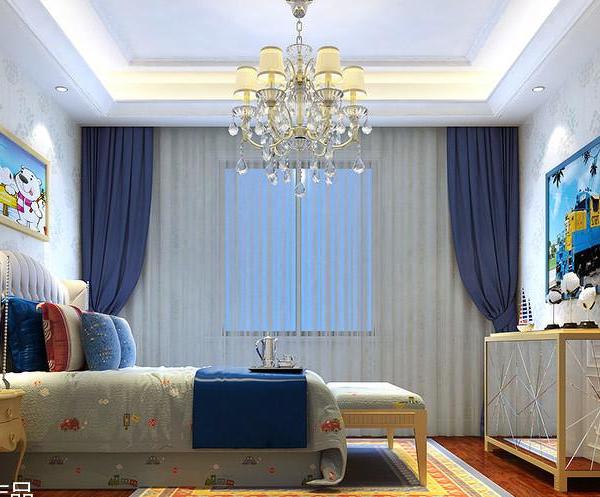© Adrien Williams
(c)AdrienWilliams
架构师提供的文本描述。伊索书店的设计以简单的方式描绘了通过邻里传承找到的运动的基本主题。从19世纪80年代到20世纪80年代,蒙特利尔电影制片人阿尔伯特·基什(AlbertKish)的纪录片“我们的街道铺满了金子”描述了不同的移民潮。
Text description provided by the architects. The design of the Aesop store in the Mile End portrays in simple ways, the underlying theme of movement found through the heritage of the neighborhood. From the 1880’s to the 1980’s, different waves of immigrants settle in this neighbourhood as described by the documentary of Montreal filmmaker Albert Kish “Our Street was paved with gold”.
© Adrien Williams
(c)AdrienWilliams
Floor Plan
© Adrien Williams
(c)AdrienWilliams
该AESOP商店的设计将其本身呈现为一个共同但解构的结构。该商店似乎被剥掉到裸露的骨头上,显示了它的结构“肠线”。在参观店面时,他们首先遇到了一个熟悉的材料选项板-石膏、胶合板、石灰石、黄铜和再生木材。
The design of this Aesop store presents itself as a common, but deconstructed, structure. The store appears to be stripped to the bare bones, showing its structural “guts”. As visitors glimpse into the storefront, they are confronted at first with a familiar raw palette of materials – plaster, plywood, limestone, brass, and reclaimed wood.
© Adrien Williams
(c)AdrienWilliams
© Adrien Williams
(c)AdrienWilliams
© Adrien Williams
(c)AdrienWilliams
一个整体的示范水槽,覆盖在当地石灰石作为一个视觉锚,在商店的中心,迫使游客在它周围移动,以探索细微差别和要素的墙壁。可识别的立柱墙被转换成一个胶合板结构,显示其颜色与其游客的运动。在墙上不断变化的颜色面前,琥珀玻璃瓶似乎漂浮在薄的黄铜架子上,因为它们似乎是永恒的。
A monolithic demonstration sink, covered in local limestone stands as a visual anchor in the middle of the store compelling visitors to move around it in order to explore the nuances and elements of the walls. The recognizable stud wall is transformed into a plywood structure that unfolds its colors with the motion of its visitors. In front of the ever-changing colors of the walls, the amber glass bottles are placed on thin brass shelves appear to float as they seem to be timeless.
© Adrien Williams
(c)AdrienWilliams
Architects NatureHumaine
Location 23 Rue Saint Viateur O, Montréal, QC H2T, Canada
Category Store
Area 50.0 m2
Project Year 2016
Photographs Adrien Williams
Manufacturers Loading...
{{item.text_origin}}

